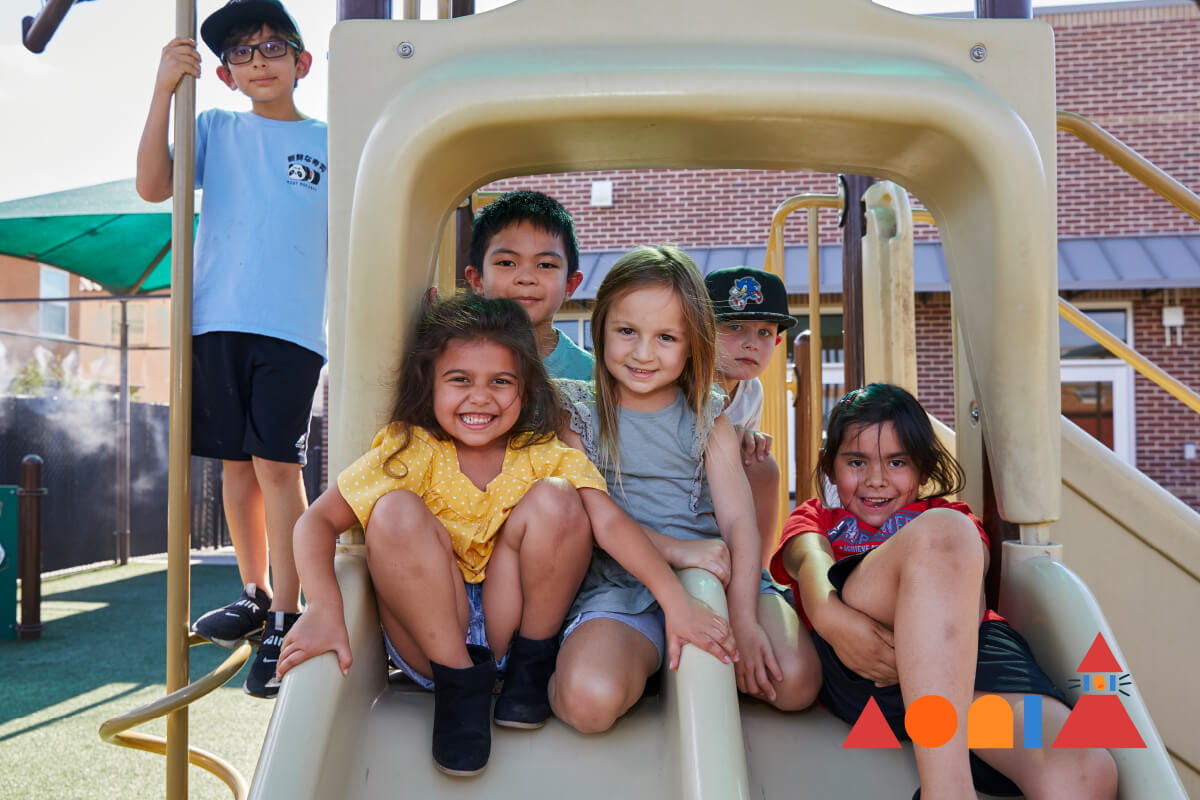Teaching Kids About Boundaries for Emotional and Physical Well-being
5-minute read
Empathy and self-awareness are the building blocks to be able to set healthy boundaries. Help your child understand their own needs and how to be respectful of the needs of others with tips from Inclusion Services, our social and emotional experts on our education team:
Model the Behavior.
Your child will learn by watching you, so share your experiences with them.
Practice Awareness.
Learning to be empathic is key, but so is learning to advocate for themselves.
Respect Their Limits.
Talk about what is, and isn’t, okay with them—and really listen to what they say.
You Do You.
Boundaries look different for everyone. Focus on what's important to you, and your family, not what others think you should do.
Empathy and self-awareness are the building blocks to be able to set healthy boundaries. Help your child understand their own needs and how to be respectful of the needs of others with tips from Inclusion Services, our social and emotional experts on our education team:
Model the Behavior.
Your child will learn by watching you, so share your experiences with them.
Practice Awareness.
Learning to be empathic is key, but so is learning to advocate for themselves.
Respect Their Limits.
Talk about what is, and isn’t, okay with them—and really listen to what they say.
You Do You.
Boundaries look different for everyone. Focus on what's important to you, and your family, not what others think you should do.
Chances are you’ve been helping set boundaries for your kiddo and you may not even know it. So, what are boundaries? Boundaries are behaviors that keeps a person’s emotional and physical well-being protected. They’re all about understanding and respecting our own needs while being respectful and understanding of the needs of others. As kids grow, they begin to explore empathy and self-awareness. These skills are the building blocks to be able to set healthy boundaries for themselves while also recognizing what other people want and need.
As they get older, they begin to understand that boundaries are what dictate our behavior and how we react to situations. And that’s different from rules that restrict behaviors based on someone’s opinion. For example, "I don't like when you raise your voice; if you continue, I'm going to walk away" vs. "I don't like when you raise your voice, so you have to stop."
Begin this process with tips from Inclusion Services. Part of our education team, they’re experts in helping children grow socially and emotionally.
Lead the Way
Even when your child is very little, they are always watching and learning from your cues. So, by modeling your behavior, you’ll pave the way for how they will act and interact with others. For example, when you need some space, tell your family, then do something that feels good to you—you might take a walk or maybe meditate.
You can also have conversations and share your experiences with your kiddo. When someone or something made you feel uncomfortable, how did you set a boundary? Talk about how you felt and how you are making a plan for what to do next time you feel that way.
Practice Awareness
Learning to be empathic is key for social interactions, but so is learning to advocate for themselves. When another kiddo is being unkind and not respecting their boundaries, help them make a plan.
Start by practicing ways they can stand up for themselves. Ask questions like, “What are some ways you could let your friend know you don’t like it when they take your toy without asking or will not share with you?” You can also go over simple phrases they can remember in the moment, like: “Please stop.” “I don’t like that.” “It’s my turn now.”
Also, remember that the word “no” can be a full sentence. You’ve probably heard a few (OK many) no’s today, and we know there will be times when pausing may not be the most practical or safest option in the moment, but when you can—take a breath, listen to your child's no, and don't push them on it. Empower your child to use their voice to advocate for what they need and want.
Respect Limits
We all have different ways to express ourselves. Talk with your kiddo about what is, and isn’t, okay with them. And when they tell you, really listen to them in the same way you want others to listen to you.
A great example of this is mealtimes. You might be expecting your little one to finish everything on their plate. Kids intuitively know their bodies—they can enjoy food and drink, see how the food makes them feel, and know when they’re full. By listening to them when they say they’re full and not forcing them to eat more or have a clean plate, you’re respecting their boundaries while also helping them develop healthy relationships with food that will grow with them into adulthood.
Another example is empowering your child to decide for themselves if, and when, they want to show affection. Grandma may be expecting a big hug and a kiss when she comes over, but let your kiddo know that getting and giving hugs and kisses is their choice. Once you know their boundaries, you can set your child and others up for success. When it's time to say hello or goodbye, be proactive and talk to your child where others can hear about their options. "Okay, it's time to go. Do you want to give a hug, high five, or a wave goodbye?"
In the moment, model for your child how they can advocate for themselves in the future. For example, if someone is insisting on a hug, let them know your child gives high fives instead. And if you want, continue the conversation at a later time when you can explain that it’s important to you that your child chooses to greet others in the way that feels best for them.
You Do You
Boundaries look different for every child, every person, and every family. It all comes down to doing what feels right for you while also respecting others. So, if you’re OK with your little one talking and singing to themselves quietly in their room after you’ve said goodnight; give them that space while you take some quiet time for yourself too.
Once you and your child have set some boundaries, watch their confidence bloom and enjoy the benefits, like peace of mind, it has given you.




